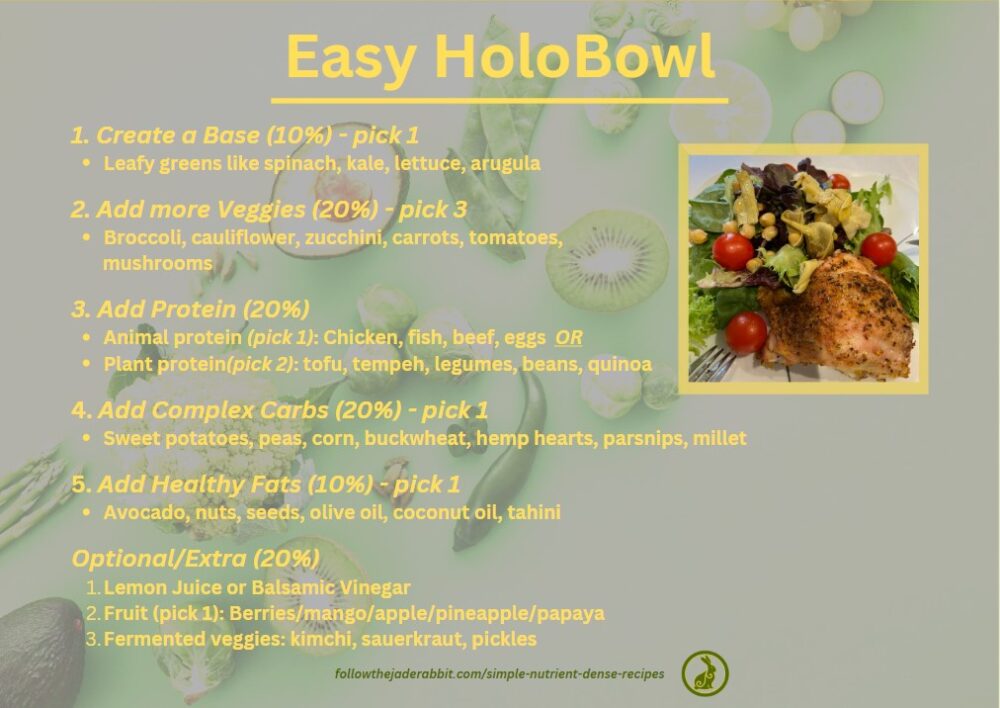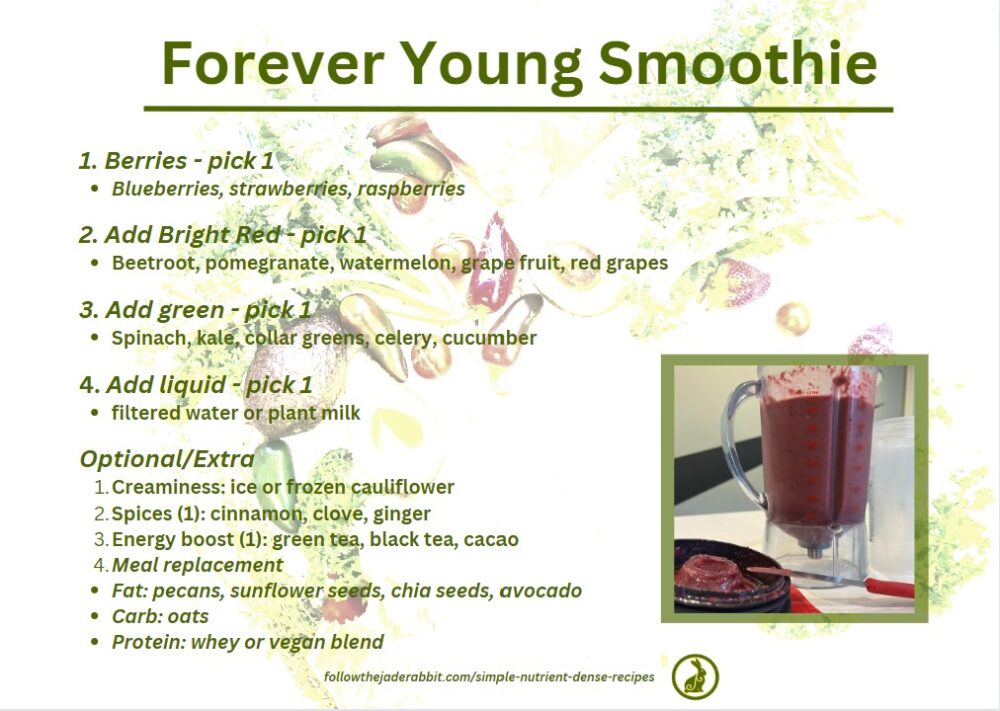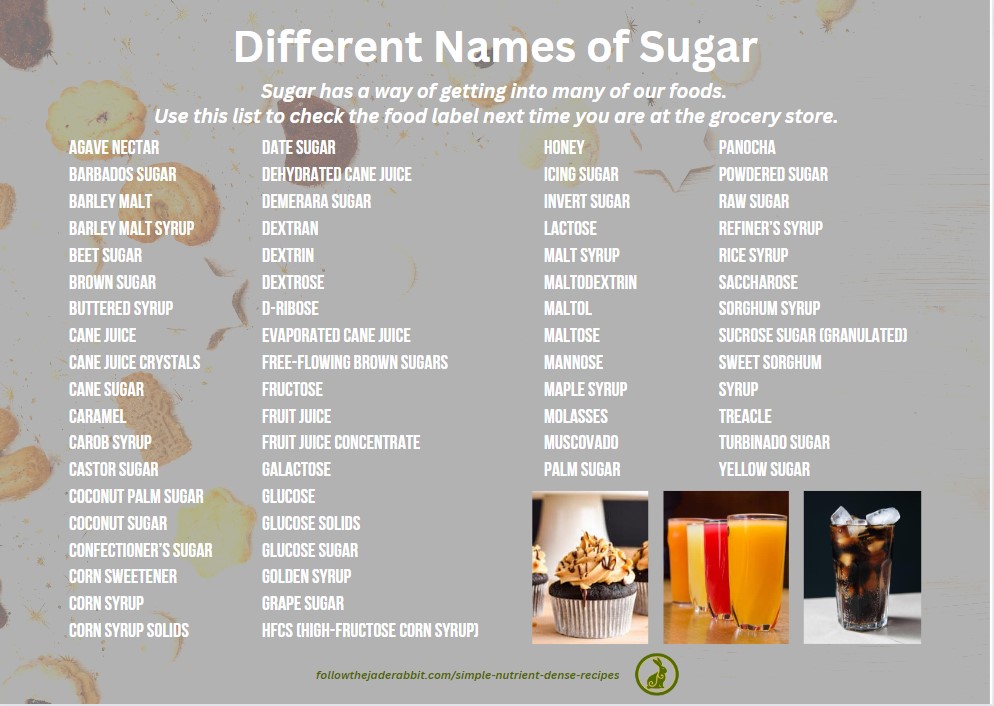Eating Healthy Doesn't Have to Be Complicated
Simple ways to incorporate nutrient-dense foods into your diet:
- Eat lots of plants, especially locally grown and organic produce.
- Consume foods with healthy fats and avoid foods containing trans and saturated fats.
- Get your protein from quality sources, whether it’s from animal products or plants. If animal products, limit processed and fake meats. Consume fish that is wild-caught and low in mercury & toxins.
- Eat only whole grains, not flours. Good sources like buckwheat, hemp hearts, black rice, or quinoa.
- Avoid refined starches and products with added sugars, like soda, pastry, candy, fruit juices. See the many names of sugar here.
- Eliminate canola, sunflower, grapeseed, corn and soy bean oils. Avocado and coconut oils are great for high temperature cooking. Drizzle cold or expeller-pressed olive oil on your dishes.
- Avoid gluten products from American dwarf wheat and limit dairy products.
- Be friendly to your gut microbiome with foods like kimchi, sauerkraut, kombucha, pickles, and apple cider vinegar.
- Consume prebiotic foods with high dietary fibre like chickpeas, kiwifruit, Jerusalem artichoke, legumes, oats, bananas, and potatoes (esp. purple and sweet ones). You can find many more online.
See my 6 low-tox tips on how to minimize our exposure to toxins and increase nutrient density.
The 2 simple recipes below offer a lot of ways for you to change up your diet, increase the variety that you can consume, and also take little time to prepare.
How would you start to incorporate more nutrient-dense foods into your meals?
Do you find the recipes helpful? Which one would you start first?



